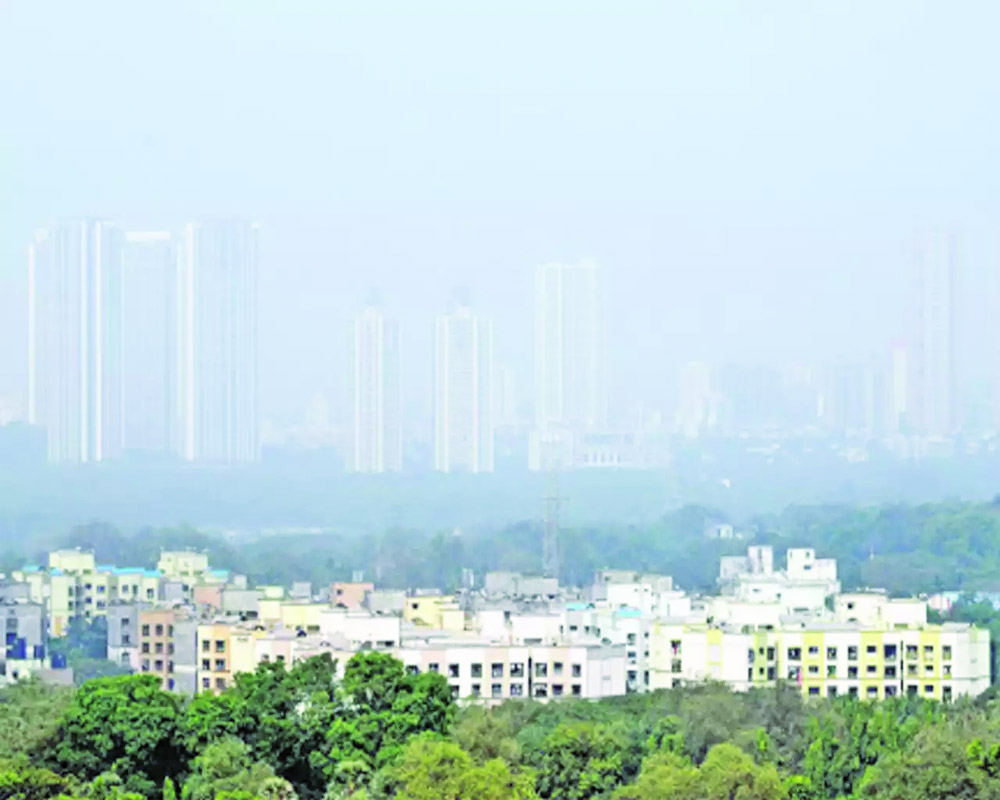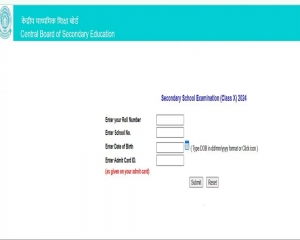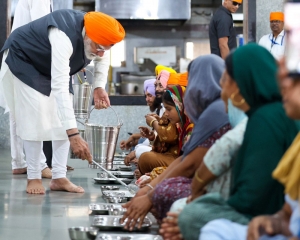In the absence of concerted efforts, Mumbai’s AQI is deteriorating. At least authorities could take preventive measures for some relief for Mumbaikars
Mumbai is witnessing its worst air pollution season in years. While Delhi was always considered the worst in air quality among metropolitan cities, Mumbai, unfortunately, seems to be taking over the title quickly.
There are generally two factors behind ambient air pollution - anthropogenic, or man-made, such as industries, vehicles, and construction; natural such as dust storms, weather, or climate change. Fast urbanization, growing population, need for construction and industrialization have been a matter of concern for years.
AQI is not always the correct measure of the actual air you are breathing. The monitors are analyzing the air within a certain radius of the sensor, and cannot be accurate for you unless you are breathing the air within that radius. So the AQI of a city is an average of the air quality readings of a lot of air monitors.
Presently, it has been stated by the Maharashtra Pollution Control Board (MPCB) that the monitors installed by the System of Air Quality Weather and Forecasting and Research (SAFAR) are placed at mostly traffic junctions and that the readings could be high due to vehicular emissions and do not represent the actual air quality of the city. The poor quality of air in Mumbai has alarmed authorities who are rushing to implement solutions such as relocating air monitors, forestation, and installing more smog towers.
MPCB has asked SAFAR to relocate the air monitors to show a more accurate reading of ambient air quality data. At present, there are 9 devices placed in BKC, Chembur, Worli, Colaba, Bhandup, Andheri, Borivali, Malad, Mazgaon, and Navi Mumbai, all major districts of the city. There are districts in the city and on the outskirts that are struggling with air pollution daily due to the industrial cluster or waste disposal around them such as Thane, Ambernath, Vasai, Virar, and Govandi. The air quality in these areas has not even come under the radar of the authorities yet.
The relocation might be able to change the AQI number on average for the world to know, but the city is still struggling with poor air quality and is open to a tsunami of health-related disorders. Instead of relocating the air monitors, Mumbai needs more air monitors in different areas with real-time data so that the source of pollution can be identified based on the level of PM2.5 or PM10, and the problem can be fixed at the root.
Urbanization has always been an enemy of nature. Although Mumbai has the Sanjay Gandhi National Park, Aarey Colony, Miyawaki forests, and more in the name of green belt, that hardly does any good to the main city and its residents in terms of clean air.
The seedlings we plant today near our homes will probably be a tree in 10 years. If we relocate grown trees to our homes, we are causing more disaster by uprooting them. A greenery is always a good option for the natural balance of the environment. But even trees cannot absorb the emissions from our man-made pollution.
In 2019, Delhi installed 2 smog towers costing 20 crores each that were 24 meters in height and said to clean 1000 cubic meters of air within 1 kilometer of the radius with 40 fans and 5000 air filters. The filters need to be replaced every 3-4 months and an average run of 8-12 hours a day consumes 1150 kilowatt-hours of electricity a day.
A smog tower for ambient air pollution is like running an air conditioner outside your home in the summer. It keeps consuming more power to try to run effectively, needs more servicing, and breaks down quickly but doesn’t deliver the results. All in all, a waste. Despite the poor show of these towers in Delhi, Mumbai authorities are considering the devices as an urgent remedy.
When it comes to ambient air pollution, the only cure is prevention. As pointed out before, air quality can worsen due to man-made or natural sources. While we cannot do much for natural reasons such as a wildfire or a dust storm or a change in wind pattern, we can balance it out by reducing anthropogenic pollutants like reducing vehicles on the road, curbing industrial emissions with challans, proper bio-waste disposals, and more.
Ambient air pollution is not always in the control of an individual but indoor air quality is. Fortunately, most of us spend 70-80% of our daily time indoors, be it in homes, schools, or work spaces. It is important to monitor the air quality in our indoor spaces as well because pollutants like elevated CO2, gases from stoves, particles from cooking, tobacco smoking, and incense burning can make our air 2 to 5 times worse than outside.
Once we test the air quality of our indoor space, we can apply the necessary changes to reduce household pollution, such as facilitating ventilation in the rooms, using a dehumidifier, or installing an air purifier as needed. Ambient air pollution claimed 9.8 lakh lives in 2019 India, while household pollution claimed 6.1 lakh lives. The air we breathe is responsible for the quality of life we get to live physically. We hope the authorities and concerned parties will find better solutions for outdoor air pollution, meanwhile, keeping ourselves safe from household or indoor air pollution is our responsibility.
(The author is the CEO & Co-Founder of Active Buildings’. The views expressed are personal)


























